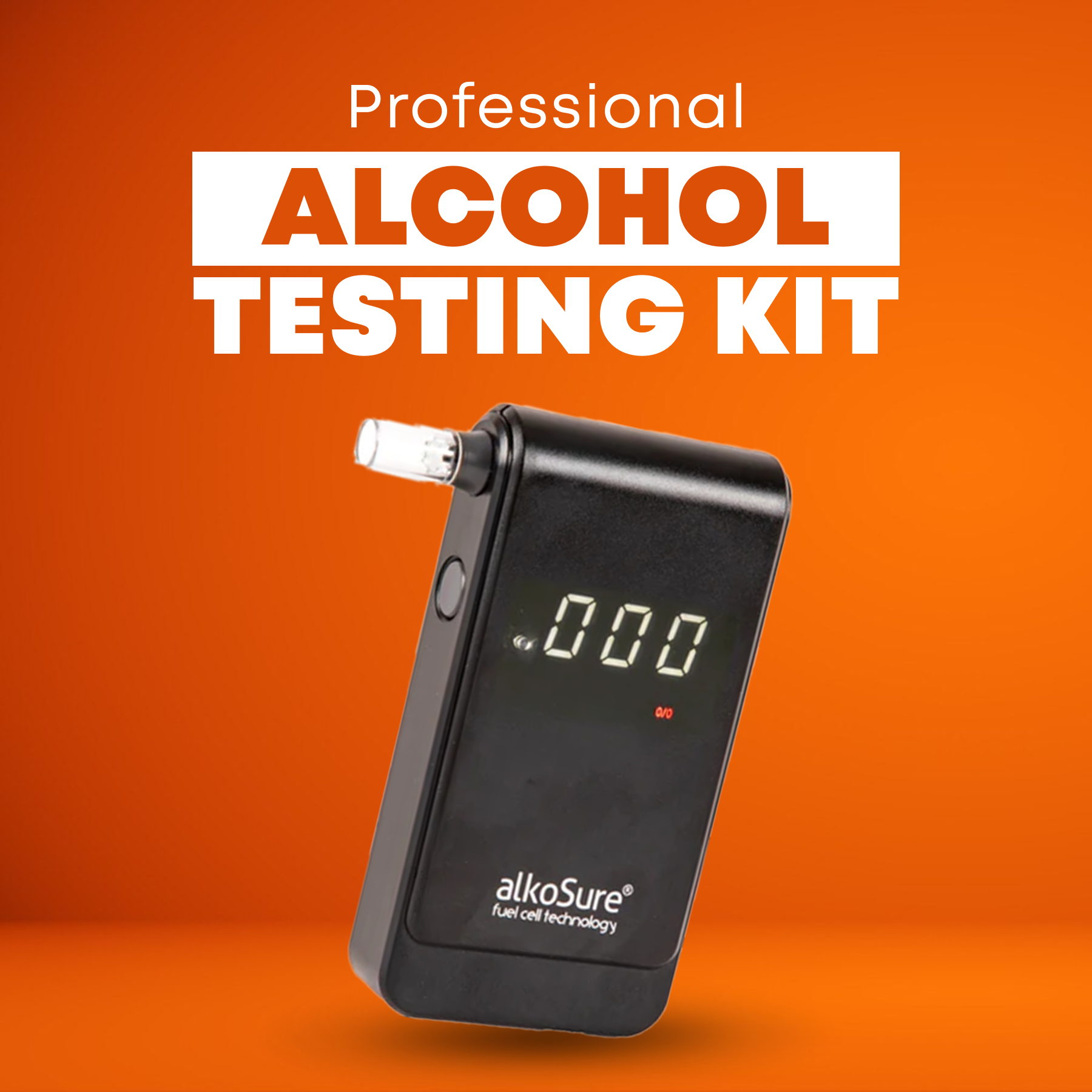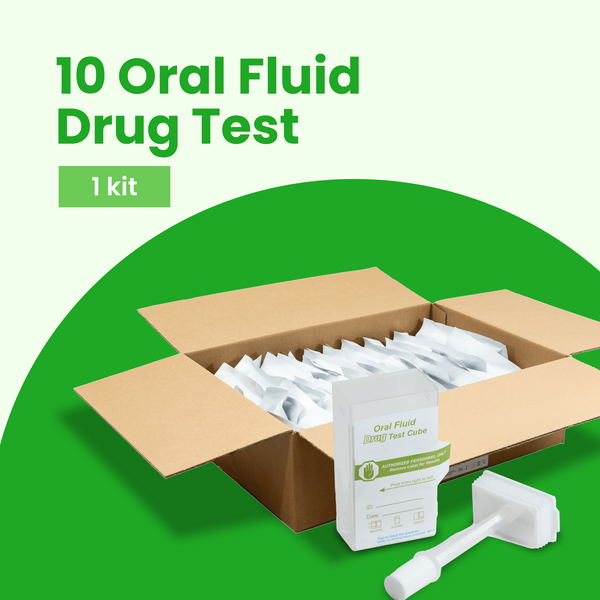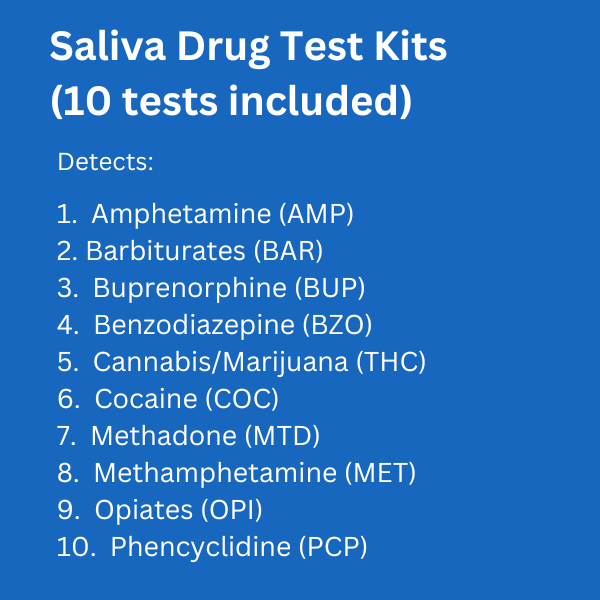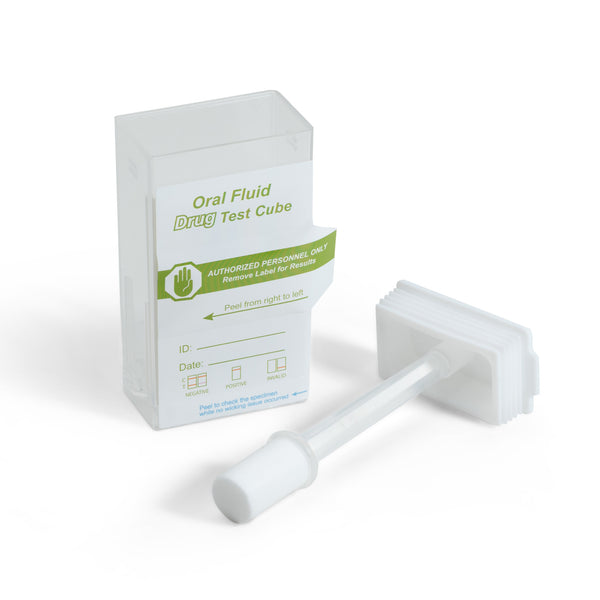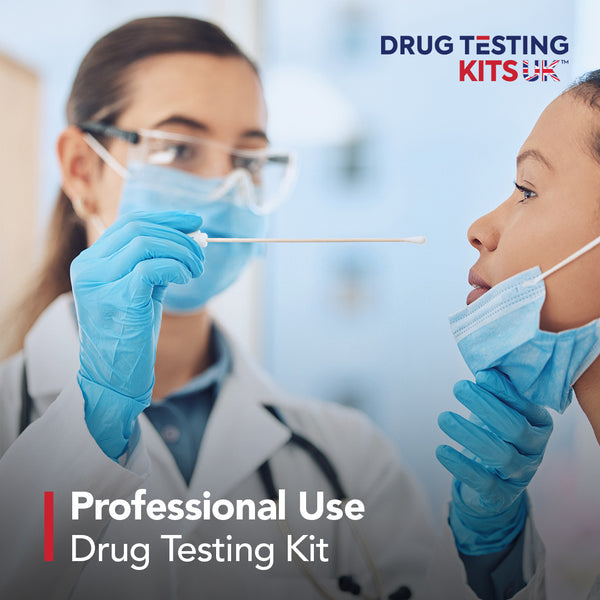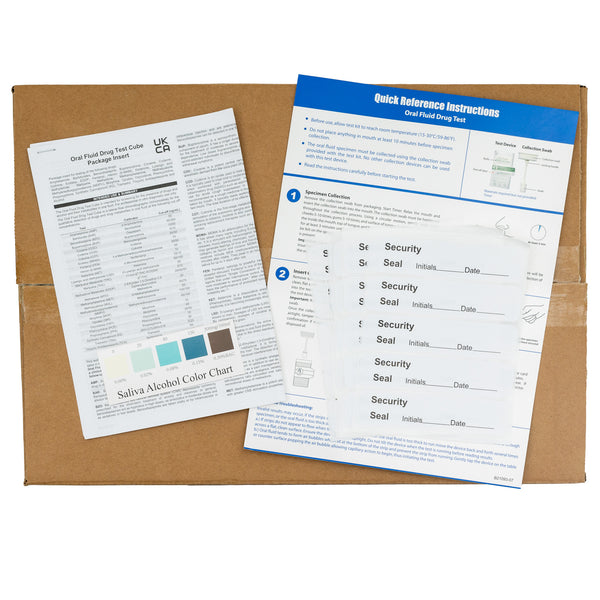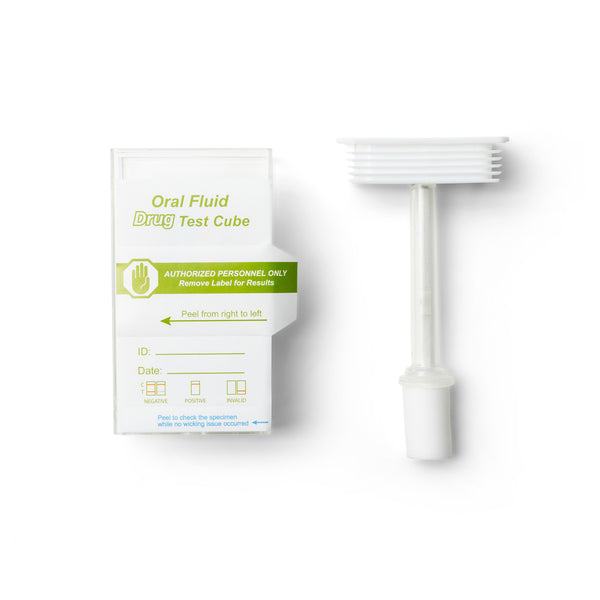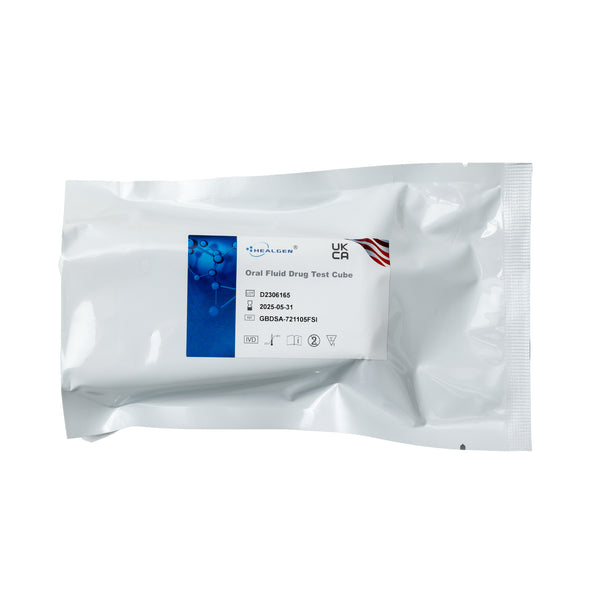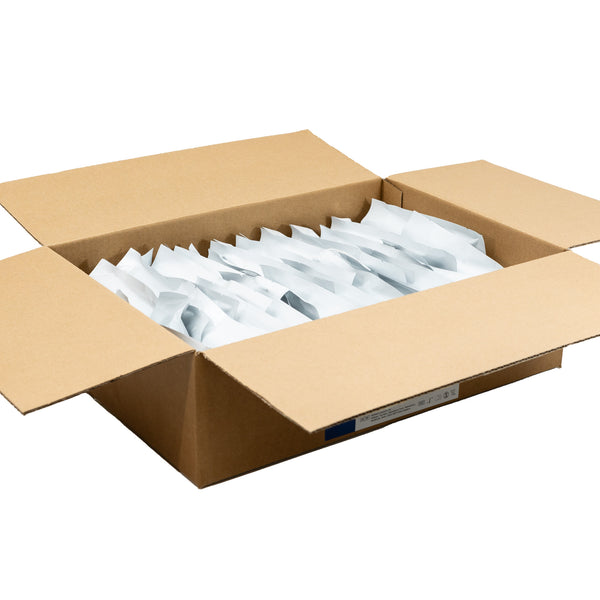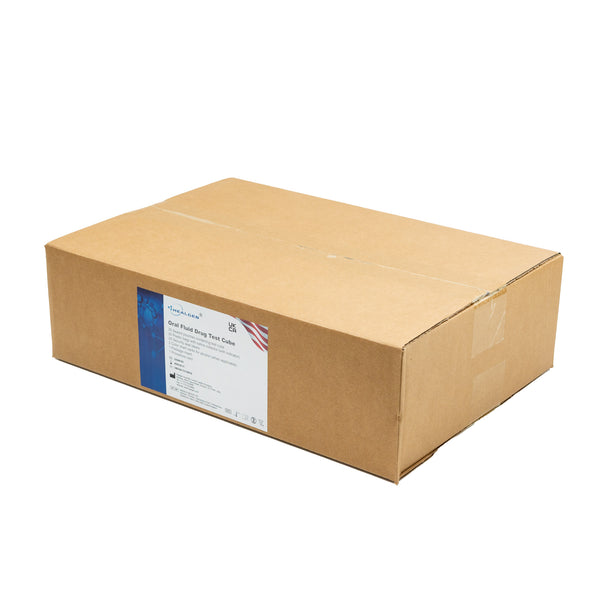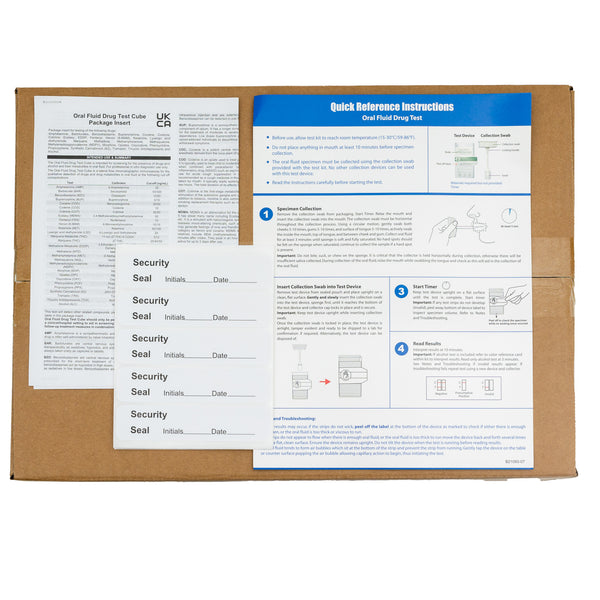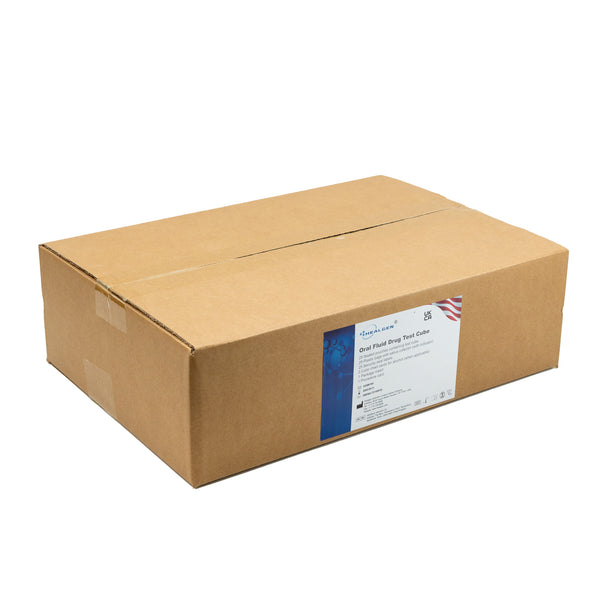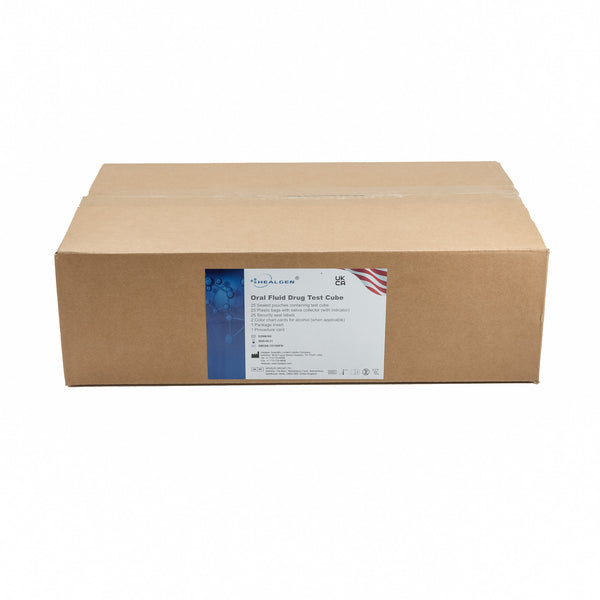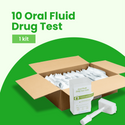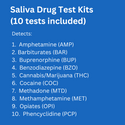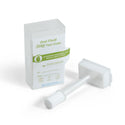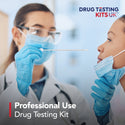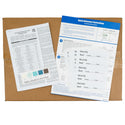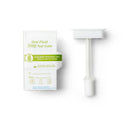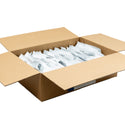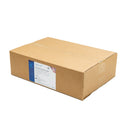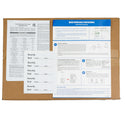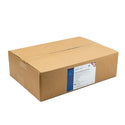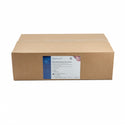Why you can trust Drug Testing Kits UK for advice on choosing the right drug testing products. Our team of UK drug and alcohol safety experts meticulously analyzes current regulations and scientific data while incorporating feedback from real-world users of our products. Additionally, we consult with healthcare and industry professionals to ensure that our recommendations are practical and valuable. This reliable information can guide your decision-making process when selecting drug and alcohol testing kits suitable for your needs.
When you blow into a breathalyzer, the number it displays can seem confusing. Is 22 high? What does 35 micrograms actually mean? Whether you're concerned about driving limits, workplace testing, or simply understanding your own alcohol consumption, this guide breaks down exactly what those breathalyzer readings mean in the UK.
TL;DR: Quick Reference Guide
-
Breathalyzer readings measure alcohol concentration in your breath (BrAC), typically shown as micrograms per 100ml (μg/100ml) in the UK
-
England, Wales and Northern Ireland limit: 35μg/100ml; Scotland's stricter limit: 22μg/100ml
-
A "warn" range (20-34μg/100ml) may trigger workplace consequences but is below the driving limit in England
-
Readings are affected by factors like timing, breathing pattern, and device calibration
-
Home breathalyzers should be fuel-cell based and regularly calibrated for accuracy
How a Breathalyzer Generates a Number
When you consume alcohol, it enters your bloodstream and eventually reaches your lungs. As you exhale, alcohol molecules pass from the blood into your breath at a predictable ratio of about 2,100:1. This means the alcohol in 2,100ml of blood will transfer to 1ml of breath.
Different breathalyzers use various technologies to detect this alcohol:
-
Fuel cell sensors: Most accurate, used by police and quality home devices
-
Infrared spectroscopy: Used in evidential police station units
-
Semiconductor sensors: Found in cheaper personal devices, less reliable
The reading is then displayed in units specific to your country. In the UK, this is typically micrograms of alcohol per 100 millilitres of breath (μg/100ml), which is different from the percentage BAC (Blood Alcohol Concentration) often referenced in American media.
Units & Conversions Cheat-Sheet
Confused by different alcohol measurement units? Here's how they compare:
|
%BAC |
US (mg/210L) |
EU (mg/L) |
UK (μg/100ml) |
Typical Effects |
|
0.02% |
0.02 |
0.20 |
20 |
Slight relaxation, mild mood elevation |
|
0.04% |
0.04 |
0.40 |
40 |
Feeling of warmth, minor impairment |
|
0.06% |
0.06 |
0.60 |
60 |
Reduced inhibition, impaired reasoning |
|
0.08% |
0.08 |
0.80 |
80 |
Significant impairment, legal limit in many countries |
|
0.10% |
0.10 |
1.00 |
100 |
Clear coordination problems, slurred speech |
|
0.15% |
0.15 |
1.50 |
150 |
Major impairment, potential blackout risk |
|
0.20% |
0.20 |
2.00 |
200 |
Severe impairment, possible loss of consciousness |
It's worth noting that police equipment typically truncates readings rather than rounding them. For example, a reading of 35.9μg/100ml would be recorded as 35μg/100ml, not rounded up to 36.
Interpreting Your Result
Zero to Sober (0.00–0.01% BAC)
A true zero reading indicates no detectable alcohol. However, readings between 0.00-0.01% might occur due to:
-
Natural fermentation in your body
-
Recent use of alcohol-containing mouthwash or medicines
-
Device sensitivity limitations
These minimal readings generally have no legal or health implications.
Warn Range (20–34 μg/100ml)
This range falls below the driving limit in England, Wales and Northern Ireland, but may:
-
Exceed workplace alcohol policies (many have zero-tolerance)
-
Be over the Scottish driving limit (22μg/100ml)
-
Indicate impairment for certain tasks requiring precision
If you're in this range at work, you might face:
-
Temporary removal from safety-critical duties
-
Request to retest after several hours
-
Referral to occupational health
Over the Limit (35 μg/100ml+ in England/Wales; 22 μg+ in Scotland)
Exceeding these thresholds while driving can lead to:
-
Immediate license suspension
-
Requirement for evidential testing at a police station
-
Potential court proceedings and driving ban
-
Insurance premium increases (often for 5+ years)
-
Criminal record affecting employment and travel
High-Risk (>150 μg/100ml)
Readings above 150μg/100ml indicate dangerous levels of intoxication:
-
Severe impairment of coordination and judgment
-
Risk of alcohol poisoning requiring medical attention
-
Potential for unconsciousness and respiratory depression
-
Mandatory blood tests if involved in accidents
-
Significantly enhanced penalties if caught driving
Legal Landscape (2025 Edition)
The UK has different limits across its nations:
-
England, Wales, Northern Ireland: 35μg/100ml breath, 80mg/100ml blood
-
Scotland: 22μg/100ml breath, 50mg/100ml blood (reduced in 2014)
Across Europe, limits vary considerably:
-
Sweden: 0.02% BAC (equivalent to about 10μg/100ml)
-
Czech Republic, Hungary, Romania: Zero tolerance (0.00%)
-
France: Standard 0.05% BAC, but 0.02% for professional and novice drivers
North America is seeing a trend toward lower limits:
-
Canada: 0.05% BAC triggers administrative sanctions
-
Utah: First US state to adopt 0.05% statutory limit
-
New York and Hawaii: Considering 0.05% legislation
Looking ahead, the US Bipartisan Infrastructure Law includes provisions for passive alcohol detection systems in new vehicles by 2029, potentially changing how we approach drink driving prevention globally.
Factors That Skew Readings
Several factors can affect the accuracy of breathalyzer results:
Residual Mouth Alcohol
Recent drinks, mouthwash, or certain foods can artificially inflate readings. Police typically observe a 15-20 minute waiting period before testing to eliminate this factor.
Breathing Pattern
How you breathe into the device matters:
-
Deep breaths may give higher readings as they capture air from deeper in the lungs
-
Hyperventilating before the test can temporarily lower readings
-
Holding your breath briefly before exhaling can increase readings
Device Calibration
All breathalyzers require regular calibration:
-
Police units are calibrated and certified frequently
-
Home devices should be recalibrated annually
-
Cheap semiconductor devices drift significantly over time
Medical Conditions
Certain health conditions can affect readings:
-
Diabetes can produce acetone, which some devices misread as alcohol
-
GERD or acid reflux can bring stomach contents (including alcohol) into the mouth
-
Certain diets (like keto) can produce compounds that trigger false positives
Always use a fuel-cell breathalyzer with regular calibration for the most accurate results. Shop our ISO-certified models.
From Result to Action: What Happens Next
|
Scenario |
Immediate Steps |
Long-term Consequences |
|
Roadside fail |
Taken to police station for evidential breath test |
Fine (£2,500+), driving ban (12+ months), possible imprisonment |
|
Workplace positive |
Confirmatory testing, removal from duties |
Disciplinary action, referral to employee assistance programs |
|
Home test above limit |
Wait (alcohol clears at ~15-20μg/100ml per hour) |
Consider alcohol consumption patterns and alternatives to driving |
|
Medical screening positive |
Additional blood testing |
Treatment recommendations, monitoring program |
Emerging Technologies & Trends
The field of alcohol testing is evolving rapidly:
Passive Detection
New technologies can detect alcohol without active participation:
-
Steering wheel sensors that analyze sweat from palms
-
Cabin air "sniffers" that detect alcohol in vehicle air
-
Infrared scanners that detect alcohol through skin
Connected Devices
Modern breathalyzers increasingly feature:
-
Smartphone connectivity for tracking and recording
-
Cloud-based data logging for workplace compliance
-
GPS tagging to verify location of testing
Integrated Vehicle Systems
The DADSS (Driver Alcohol Detection System for Safety) program is developing:
-
Touch-based sensors integrated into start buttons
-
Breath-based systems that work without mouthpieces
-
Systems that prevent vehicle operation above legal limits
Common Myths About Breathalyzers
"Coffee sobers you up quickly"
False. Coffee may make you feel more alert but does nothing to speed up alcohol metabolism. Only time reduces your BAC, typically at a rate of 0.015% per hour.
"Mouthwash tricks breathalyzers"
False. While alcohol-based mouthwash can temporarily cause high readings, it dissipates within 15 minutes. Police wait before testing, and using mouthwash to mask drinking can actually increase readings.
"Sucking on a penny beats the test"
False and dangerous. This myth suggests copper somehow neutralizes alcohol detection. It doesn't work and could lead to copper poisoning or choking hazards.
"You can refuse a roadside test without consequences"
False. In the UK, refusing a roadside breath test without reasonable excuse is an offense carrying penalties similar to failing the test.
Breathalyzer vs Blood vs Urine vs Saliva
|
Testing Method |
Detection Window |
Invasiveness |
Legal Standing (UK) |
Typical Use |
|
Breath |
Minutes to hours |
Non-invasive |
Primary roadside screening, evidential at station |
Traffic enforcement, workplace screening |
|
Blood |
Hours to 12+ hours |
Highly invasive |
Gold standard for court evidence |
Confirmatory testing, hospital settings |
|
Urine |
12-24 hours |
Moderately invasive |
Acceptable for some evidential purposes |
Clinical settings, rehabilitation monitoring |
|
Saliva |
12-24 hours |
Minimally invasive |
Growing acceptance, especially for drug testing |
Workplace testing, combined drug/alcohol screening |
Breath testing remains the gold standard for immediate impairment assessment due to its convenience and direct correlation with recent consumption. However, saliva testing is gaining popularity, especially in workplace settings where combined drug and alcohol screening is required.
Ready to test with courtroom-grade accuracy?
Browse our full range of Home & Professional Breathalyzers → DrugTests.co.uk/drug-alcohol-testing-kits
-
UKAS calibration certificates available
-
Next-day shipping on orders before 3pm
-
Bulk pricing for employers and organizations
-
Technical support from UK-based experts
As used by NHS Trusts, Police Forces, and Safety-Critical Industries
Glossary
- BAC (Blood Alcohol Concentration): The percentage of alcohol in the bloodstream.
- BrAC (Breath Alcohol Concentration): The amount of alcohol detected in exhaled breath.
- Calibration: The process of adjusting a breathalyzer to ensure accurate readings.
- Cut-off Level: The threshold at which a test registers a positive result.
- Evidential Breath Test: A legally admissible breath test conducted at a police station.
- False Positive: An incorrect positive result when no alcohol (or less than indicated) is present.
- Fuel Cell: The most accurate technology used in quality breathalyzers.
- Ignition Interlock: A device that prevents a vehicle from starting if alcohol is detected.
- Partition Ratio: The relationship between alcohol concentration in blood versus breath (typically 2,100:1).
- Passive Sensor: Technology that detects alcohol without active participation from the subject.
- μg/100ml: Micrograms per 100 milliliters, the standard UK measurement for breath alcohol.



 03333 704 704
03333 704 704


